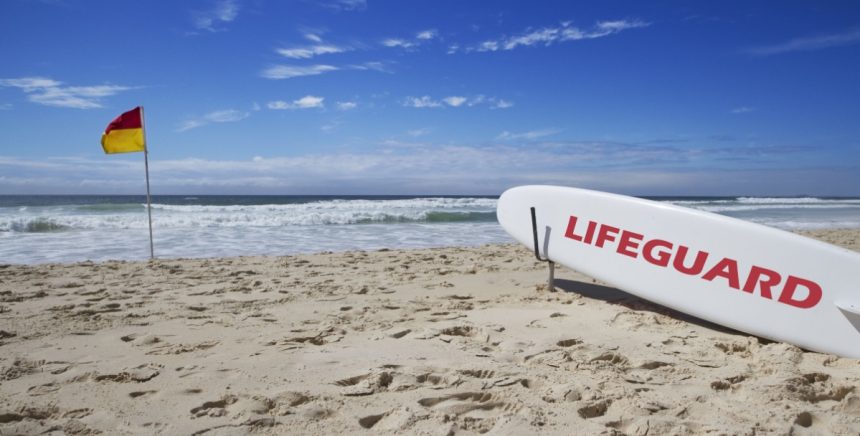On average, 122 people drown on Australian beaches each year.
Almost half of those are overseas-born beachgoers, and at least one is an international student.
Researchers from the University of Adelaide and the University of New South Wales Beach Safety Research Group have published a study on university students’ understanding and perception of beach signs; they believe improving signage could reduce the number of annual drownings on our shores.
Co-author of that study is Dr Masaki Shibata, a researcher in the Japanese Department of Asian Studies and the School of Social Sciences at the University of Adelaide. Dr Shibata is also a surf lifesaver at Tamarama Beach in Sydney.

The study involved an online survey of Australian university students, consisting of 136 domestic students and 84 international students.Dr Shibata drew on their responses to explore how younger beachgoers, including those from different cultural backgrounds, perceive current beach safety signage in Australia.
“We found that 55 per cent of domestic and 75 per cent of international students do not know what shore dump and shore break are,” he told EducationDaily.
“21 per cent of international students believe swimming between the flags means ‘stay outside the flags if they can’t or don’t swim’. Even if they claimed to know the terms, some misunderstood its meaning.”
International students may risk dangerous currents
In addition to misunderstanding signage terms, many students also failed to understand icons used to depict warnings. More than 50 per cent of both groups (international and domestic students) did not understand the icon for ‘slippery floor’, and more than 65 per cent of international students didn’t understand the icon for ‘dangerous currents’.
Another troubling conclusion from the study was that Google’s translation service function often improperly translates nuanced language from various signs.
Dr Shibata says these linguistic and translation challenges need to be addressed by authorities.
“We are concerned that not only international students but many domestic students did not understand the signage,” says Dr Shibata.
“Proper education” could prevent drowning deaths
76 per cent of all drowning deaths occurred only one kilometre away from surf lifesaving services. But Dr Shibata says, with proper education, more drownings could be prevented.
“Quite a few studies have proven that beach safety education provided by beach safety experts/researchers improved students’ knowledge of beach safety,” he told EducationDaily.
“Considering our study, we must also carefully use some “beach” language when delivering the safety message. Our team is also developing English language materials incorporating beach safety for international students studying English here.”
“Further review of beach safety signage is much needed, and universities, tourism industries, and water safety organisations have a duty to promote further beach safety information, including an explanation of the signage terms to protect young people from future coastal drowning,” he says.









